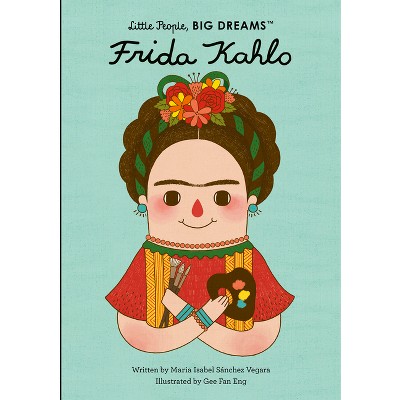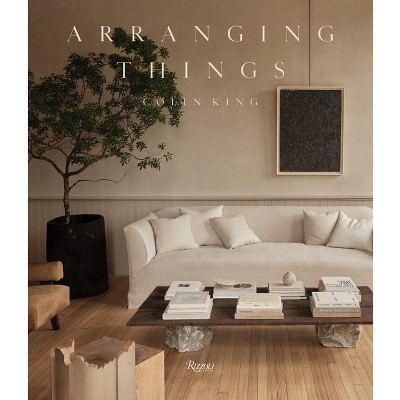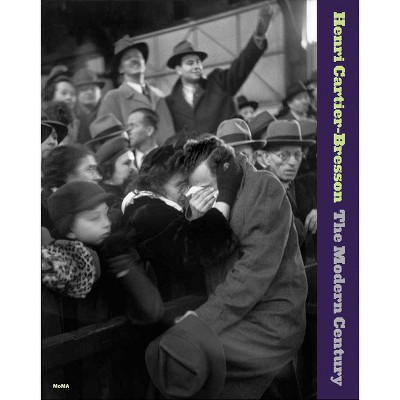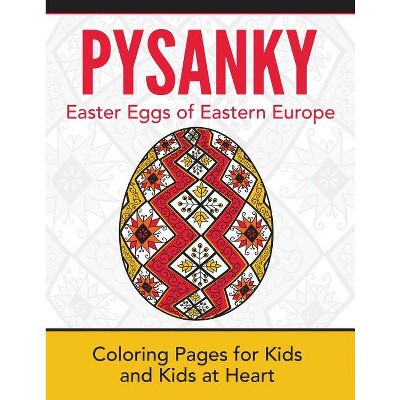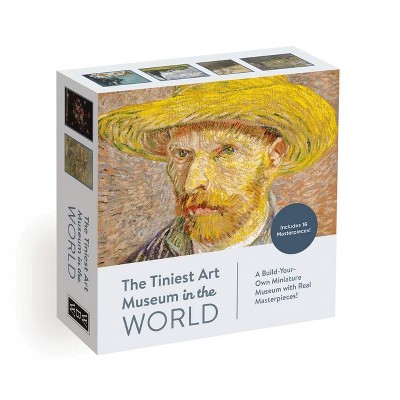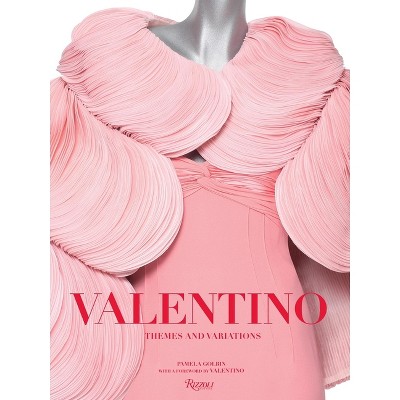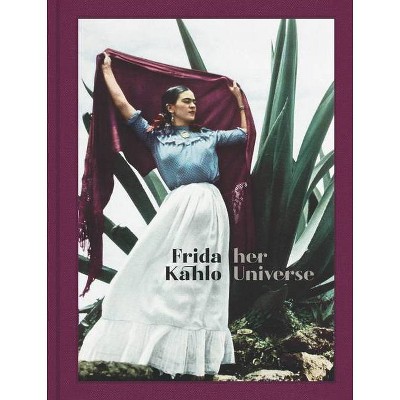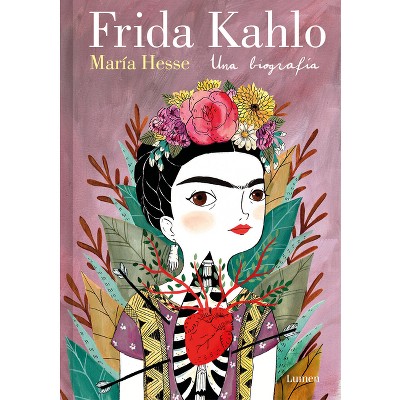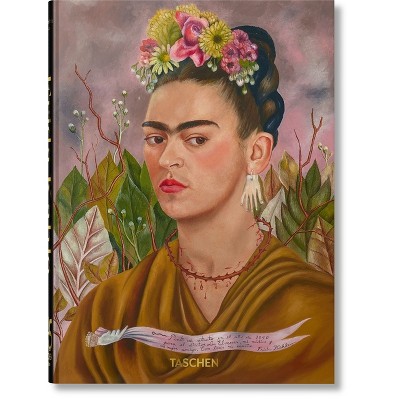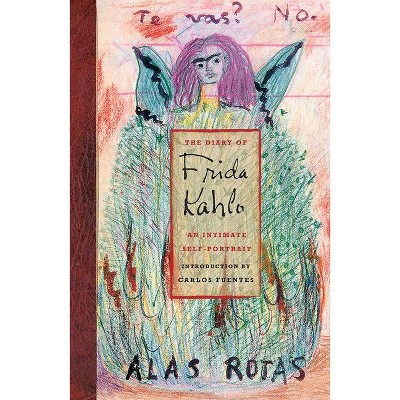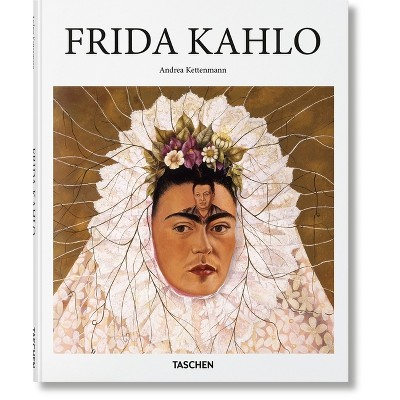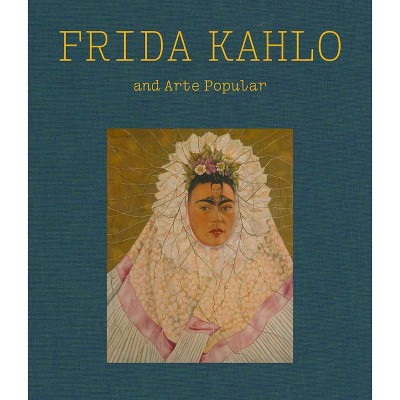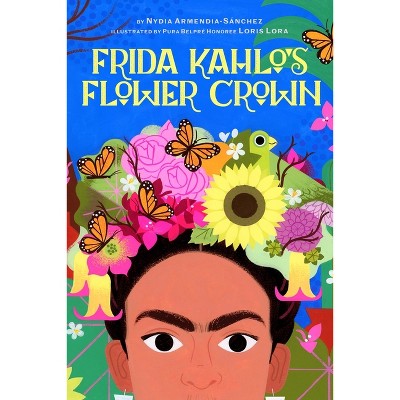Sponsored

Frida Kahlo: Self-Portrait with Cropped Hair - (Paperback)
In Stock
Sponsored
About this item
Highlights
- Kahlo's iconic gender-bending self portraitNeutral hues, an ill-fitting man's suit and wiggling locks of cut hair supplant Frida Kahlo's (1907-54) usual lively color palette, indigenous Mexican dress and long plaits in Self-Portrait with Cropped Hair (1940).
- 48 Pages
- Art, Individual Artists
Description
About the Book
Roberts' essay moves between the public and the private as it situates Kahlo's painting in the context of the Mexican Revolution's legacy, the Surrealist tradition and the artist's own life to explore the ways in which Kahlo constructed and reconstructed her own identity.Book Synopsis
Kahlo's iconic gender-bending self portrait
Neutral hues, an ill-fitting man's suit and wiggling locks of cut hair supplant Frida Kahlo's (1907-54) usual lively color palette, indigenous Mexican dress and long plaits in Self-Portrait with Cropped Hair (1940). Nevertheless, the painting remains unmistakably Kahlo's. In the wake of a divorce from artist Diego Rivera, Kahlo turns to her favorite genre, self-portraiture, to express her deepest emotional and psychological urges. Inscribed with the lyrics of a popular song that translate as "Look, if I loved you it was for your hair. Now that you're without it I no longer love you," the work oscillates between evocations of a popular culture shared by many and unflinching forays into the private sphere. Curator Jodi Roberts' essay, too, moves between the public and the private as it situates Kahlo's painting in the context of the Mexican Revolution's legacy, the Surrealist tradition and the artist's own life to explore the ways in which Kahlo constructed and reconstructed her own identity.
Review Quotes
Roberts posits this work as one through which Kahlo challenged a constellation of assumptions about both her work and her person: the exoticizing and fetishization of her paintings and appearance; her relationship to both her husband Diego Rivera and to the other male giants of Mexican painting at the time... confrontational in its uniqueness, but also equally resolutely Kahlo in the ways in which her work consistently raised "questions about the intersection of our private experiences with the expectations of a broader social realism."--Jerrold Shiroma "ARLIS/NA Reviews"
Shipping details
Return details
Discover more options
